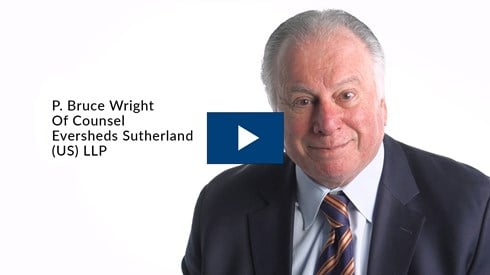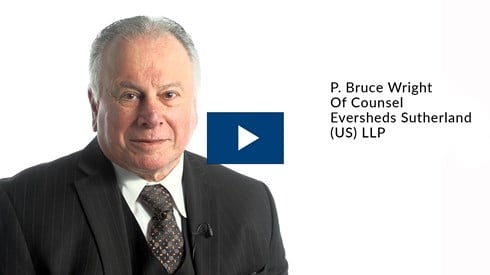Treasury's Proposed Regulations on the PFIC Rules Insurance Exception

P. Bruce Wright , Saren Goldner | July 16, 2019

Treasury has issued proposed regulations on the insurance exception to the passive foreign investment company rules. This article focuses on only one of the aspects of the regulations, albeit a very important one for captive insurance companies—the active conduct requirements.
Highlights of the Active Conduct Requirements
Almost all non-US insurance companies would be characterized as passive foreign investment companies (PFICs) absent an exception, because the definition of a PFIC is any non-US corporation if for a taxable year (i) 75 percent or more of its gross income constitutes "passive income" or (ii) 50 percent or more of its assets produce (or are held for the production of) passive income.
For many captive insurance companies, this generally is not a problem because there is an exception from the impact of the PFIC rules for US shareholders that own 10 percent or more of controlled foreign corporations (CFCs), which would include all single-parent captives. Accordingly, the PFIC status of a non-US captive is generally only relevant in the group captive situation or when there is a shareholder who owns less than the requisite 10 percent.
The exception to the PFIC rules for insurance companies as modified by the 2017 tax reform provisions, commonly referred to as the Tax Cuts and Jobs Act, requires that an insurance company be characterized as a qualifying insurance corporation (QIC) and that its income be derived in the active conduct of an insurance business.
In order to be a qualifying insurance corporation for a taxable year, the following requirements must be met: (i) the corporation would be subject to tax under subchapter L if it were it a US domestic corporation, and (ii) its "applicable insurance liabilities" as reported on the corporation's "applicable financial statements" constitute more than 25 percent of its total assets (or meet an alternative facts and circumstances test). For these purposes, "applicable insurance liabilities" include loss and loss adjustment expenses and reserves (other than deficiency, contingency, or unearned premium reserves) for life and health insurance risks.
In 2015, Treasury issued proposed regulations on the then-existing insurance exception to the PFIC rules, which was substantially the same as the new exception but did not include the QIC requirement. The industry submitted multitude comments to Treasury with respect to the definition of "an active insurance business" at the time the 2015 proposed PFIC regulations were issued. The 2015 proposed regulations required that an insurance company's officers and employees conduct the operations and management of the company in order to be considered in the active conduct of an insurance business and not be considered a PFIC.
In connection with this definition, the industry commented that management companies were typically used throughout the industry and that, accordingly, it was inappropriate to require an insurance company's business to be conducted by its own officers and employees in order to meet the "active" requirement.
Active Conduct in the 2019 Proposed Regulations
Among a multitude of other things, the proposed regulations modified the definition of active conduct of an insurance business from the definition provided in the 2015 proposed regulations and provide that active conduct is based on a facts and circumstances analysis. However, the proposed regulations further require that a QIC's officers and employees carry out substantial managerial and operational activity, but, for this purpose, such persons include officers and employees of another entity in the same control group by the QIC.
Control for this purpose requires either (i) direct or indirect ownership by the QIC of more than 50 percent by vote and by value of the entity whose officers and employees provide the services or (ii) more than 80 percent direct or indirect ownership (by vote and value) by a common parent of both the QIC and the entity whose officers and employees provide the services. In addition, the QIC must exercise regular oversight and supervision over the services and pay the compensation of the officers and employees providing the services or reimburse the service providing entity for such compensation.
Further, in order for the QIC's income to be characterized as derived in the active conduct of an insurance business, the expenses related to the payment of the officers and employees providing the substantial managerial and operational activity (and that are related to the production or acquisition of premiums and investment income on assets held to meet obligations under the insurance, annuity, or reinsurance contracts issued or entered into by the QIC) must equal or exceed 50 percent of all expenses (not taking into account ceding commissions) paid for the taxable year by the QIC to any person for the production or acquisition of premiums and investment income on assets held to meet obligations under the insurance, annuity, or reinsurance contracts issued or entered into by the QIC.
P. Bruce Wright , Saren Goldner | July 16, 2019





